By Angela Parker, League of Education Voters Policy Analyst
Principals are some of the busiest people in a school building. Rarely out of range of their walkie talkies, principals take responsibility for in-the-minute decisions about crises both large and small. At the same time, they must also craft long term strategic plans in the context of a rapidly changing school ecosystem. As principals often serve as one of the key lynchpins of policy implementation, we knew we needed to get a better sense of how they understand the current and emergent needs within Washington’s K-12 system.
We surveyed principals in Washington state to better understand what new and emerging issues their schools and communities are facing. In December, we sent a survey request to 2,034 principals in Washington; 180 returned our survey, giving these results a 95% confidence level with a 7% margin of error. Although elementary principals are slightly underrepresented in our survey, the overall proportions are not widely divergent from statewide proportions. Our survey also over represents smaller schools, those with 100 to 499 students, and larger districts, but does represent strong geographic diversity.
Aside from demographic details, our survey was limited to three main questions:
- How urgent are issues such as achievement/opportunity gaps, student supports, teacher supply, college readiness, etc. in your school?
- What new or different educational issues is your school experiencing?
- What should we be working on in the next legislative session?
This post summarizes our broad findings from the survey, and we commit to working on these issues with principals and educators across Washington.
Urgency of Key Issues
The most critical issues for principals who responded to our survey were clustered in concerns around achievement gaps, the need for integrated student supports, and funding inequity either caused by or unsolved by the so-called McCleary fix (House Bill 2242).
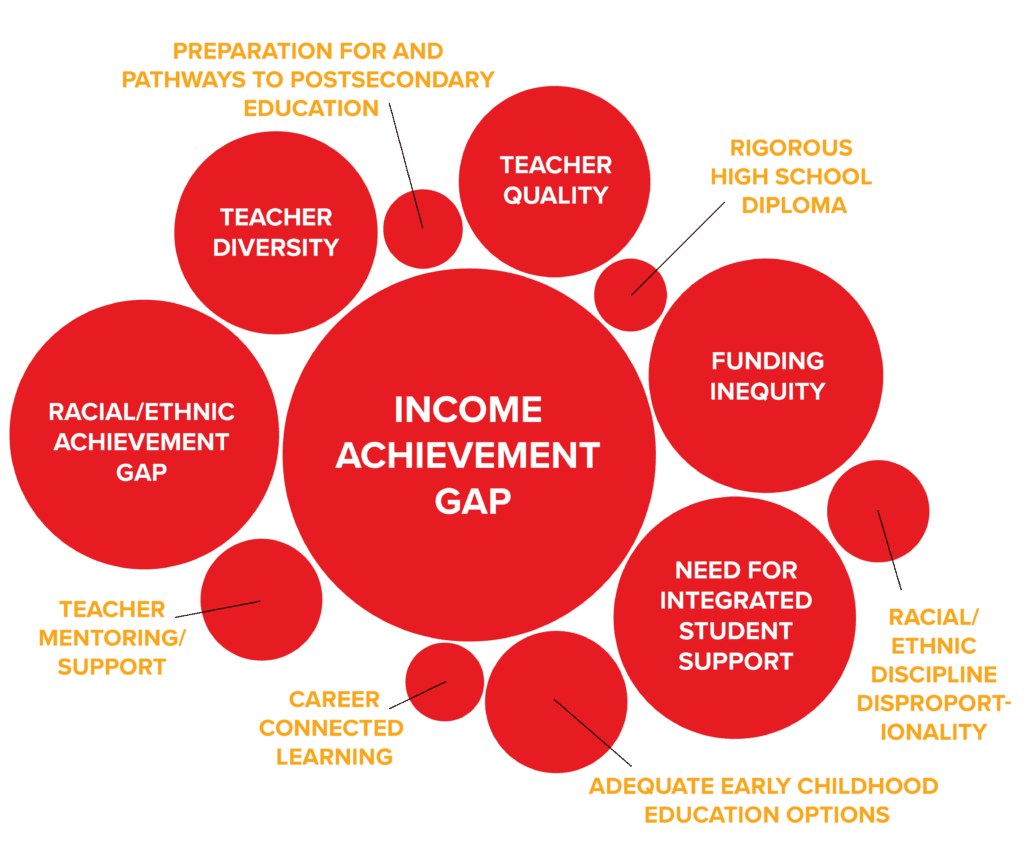
Emerging Issues
Many or most principals felt that there is “never enough” funding, whether for specific programs such as Advanced Placement or Special Education, or for basic infrastructure such as transportation, technology, or facilities. One principal submitted, “I have less funds per student than I did 10 years ago. We keep cutting and cutting.”
New/Different Funding Issues
Principals also spoke to chaos created not only by legislative changes, but from their unique positionality of being expected to patch or braid funding to meet student and community needs, or of overspending at the district level that requires them to tighten their school budgets.
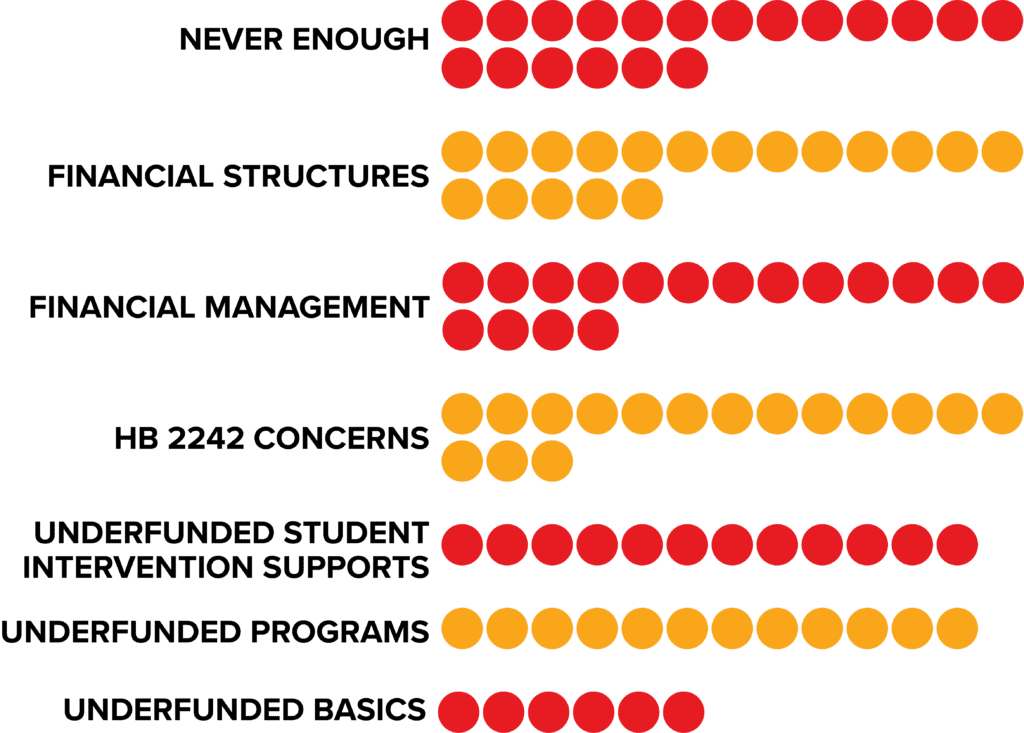
New/Different Facilities Issues
Principals also overwhelmingly noted they were providing education in aging, outdated, crowded, or even unsafe facilities. Less than 10% of principals noted that their facilities were good or adequate for their needs. One principal shared, “We are in an old building – ants/rats/heating issues,” while another wrote, “our poorest kids are in our oldest schools.”
New/Different Student Support Issues
Principals overwhelmingly documented their schools’ unmet need for student mental health supports, including mental health counselors, training in social-emotional learning for both staff and students, multi-tiered student supports, and training in supporting children with adverse childhood experiences and trauma. In addition, many spoke to the growing need for behavioral supports, and for more funding for academic supports for students. Some principals also noted that their student populations are facing more financial uncertainty, including homelessness and food insecurity.
A principal wrote, “Mental health concerns continue to increase. We have added support staff and have even created MOUs with outside agencies, but we still suspect we are not reaching all students/families who need assistance and support.”
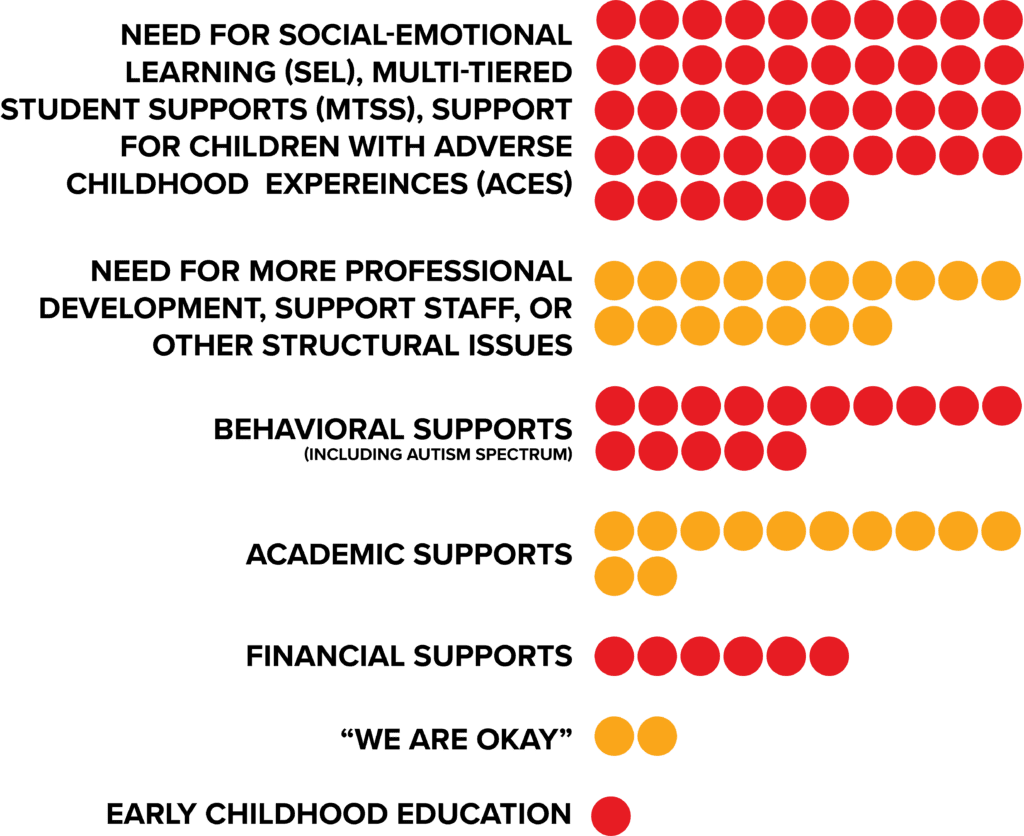
New/Different Instructional Issues
Principals need more funding, time, and support for professional development for their instructional staff – which also likely ties to their concerns over teacher supply, quality, and retention. One surveyed principal stated their school’s need succinctly: “Lack of professional development around differentiated instruction, assessment literacy and use of data. Lack of qualified substitute teachers.”
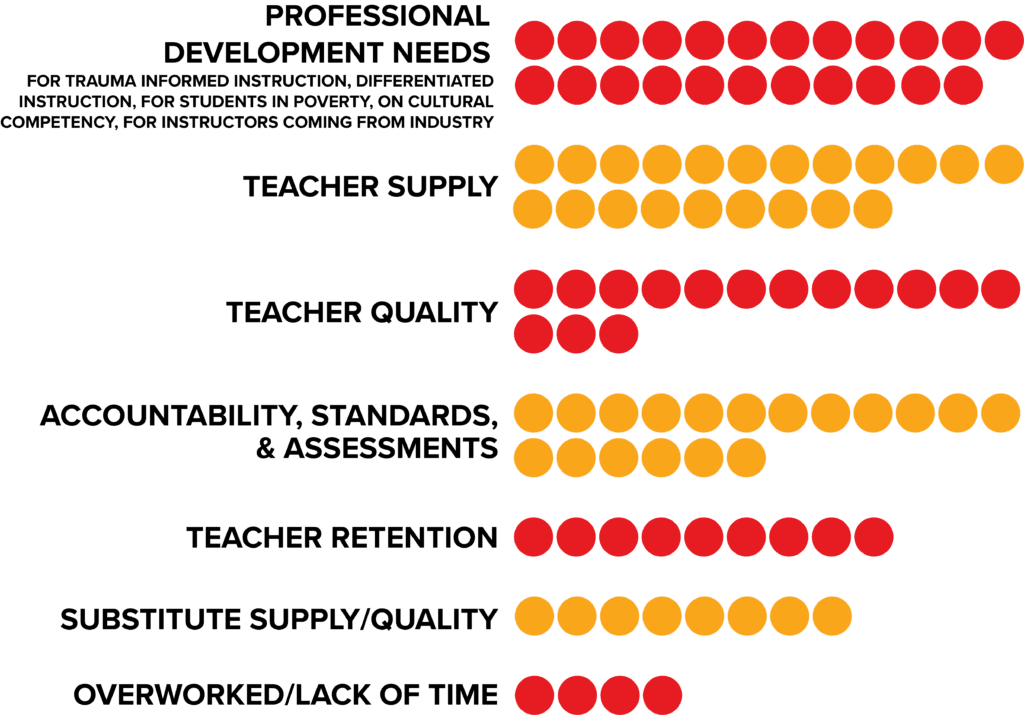
What should League of Education Voters work on?
Over half of the survey responses indicated that the most appreciated would be in instructional issues (largely focused on increasing support for professional development) and student supports.
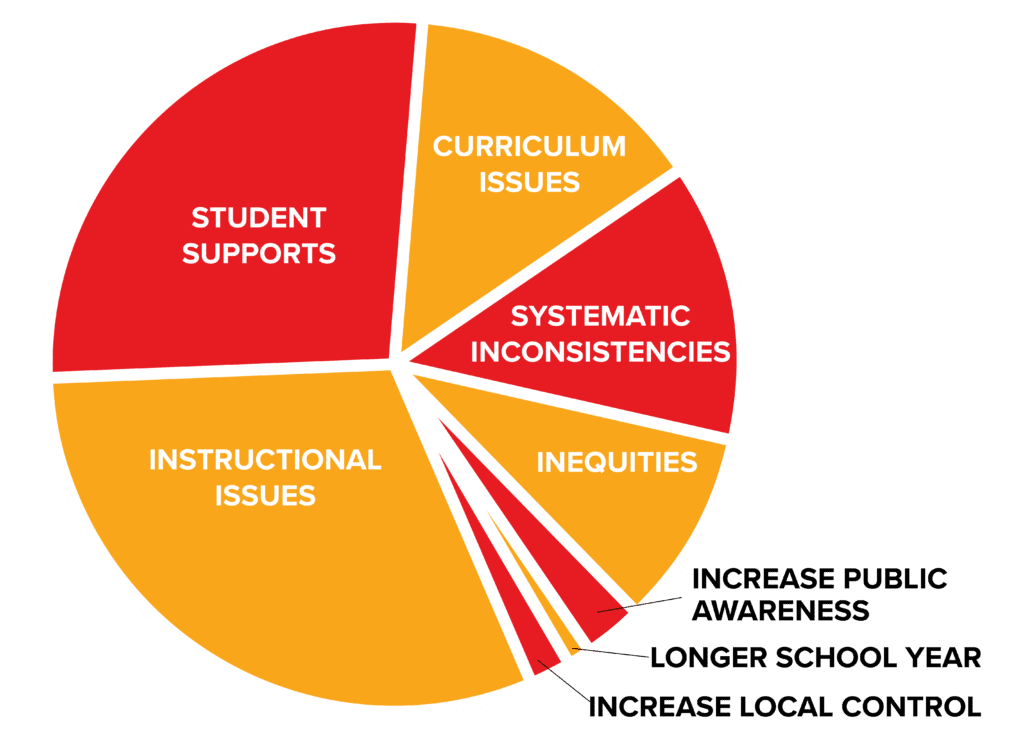
We thank all the principals that participated in this year’s survey, and we will be using this information to help us craft our legislative agenda for the 2019 legislative session. Stay tuned next week for our findings from a twin survey we conducted with district superintendents in Washington!
Read our 2018 Superintendent Survey
Love what we do? Support our work
Want to find out the latest in education news in Washington? Subscribe to our newsletter
Want to learn more about League of Education Voters? Find out here
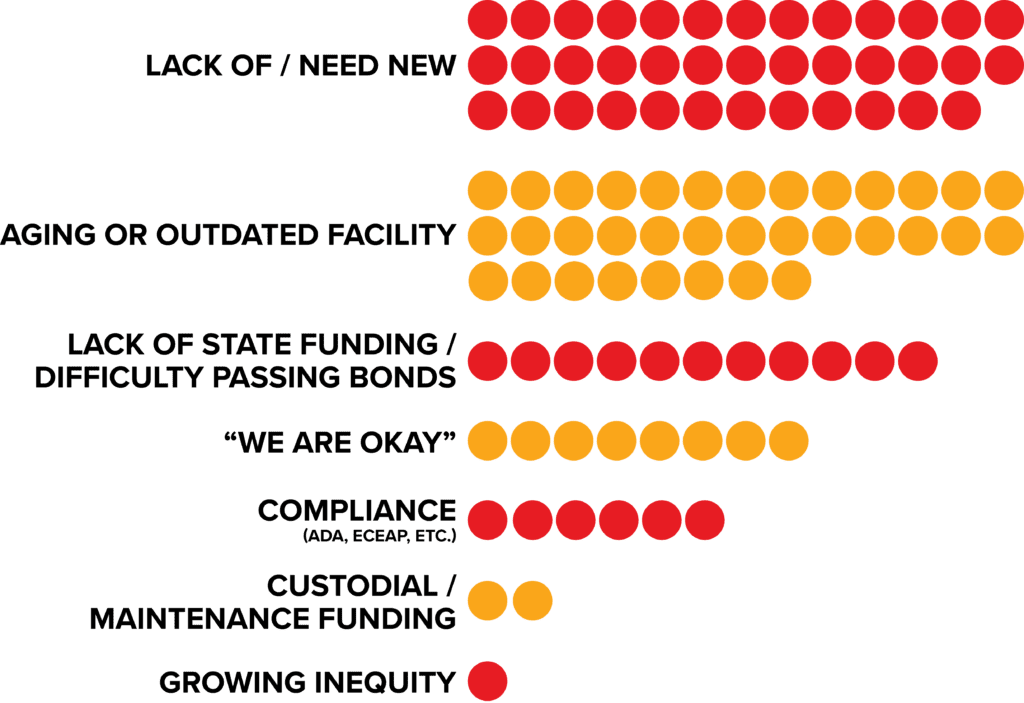
One comment on “Our State of Education: Principal Survey”
Need to better utilize senior staff as mentors, a teacher that has been in the classroom for 25 years can provide assistance with discipline issues, classroom management, curriculum, etc. the should be used as mentors and evaluators. With a reduced schedule.